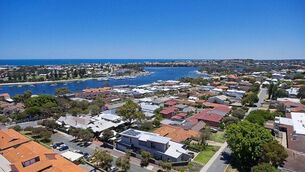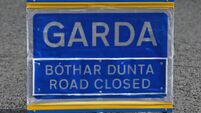Letters to the Editor: Existential threats in the digital world

An order from the Kremlin could unleash attacks to 'bring Europe to its knees'. Picture: AP
Last Friday’s global IT outage is another reminder of the fragility of our digital infrastructures worldwide and the potential for their disruption from cyber accidents but, more importantly, also from malicious cyberattacks.
Bluntly speaking it’s not Putin’s nuclear button we should be worried about, it’s his cyber button. Europe’s and Ireland’s digital infrastructures are dangerously exposed to Russian attacks. An order from the Kremlin could unleash attacks that would instantly bring Europe to its knees, wreaking unprecedented economic damage and social suffering.
Europe’s current approach to addressing these dangers is fragmented. Given the scale of these existentialist risks they need to be addressed at the highest political levels. Ursula von der Leyen should nominate a commissioner for digital and data infrastructures to co-ordinate interoperable EU-wide and national initiatives to secure our digital future.
The commissioner appointed to such a portfolio would have a mandate to review the security and resilience of the European Union’s critical infrastructures and digital services and to reinforce their protection from cyber accidents and cyberattacks.
Saving Europe from a cyber accident or a cyberattack on a par with the Chernobyl disaster could be this commissioner’s legacy.
The scenes we saw in Coolock and elsewhere are a symptom of societal change, and not for the better. No longer the public discourse or debate about issues that concern us, but violent agitation and rhetoric that has become all too prevalent, fuelled by misinformation on social media and certain political dogma.
We are now seeing a generation influenced primarily by social media influencers and un-statesman-like utterances from abroad and elsewhere by people who want to see “Rome burn”, and our democratic institutions torn apart.
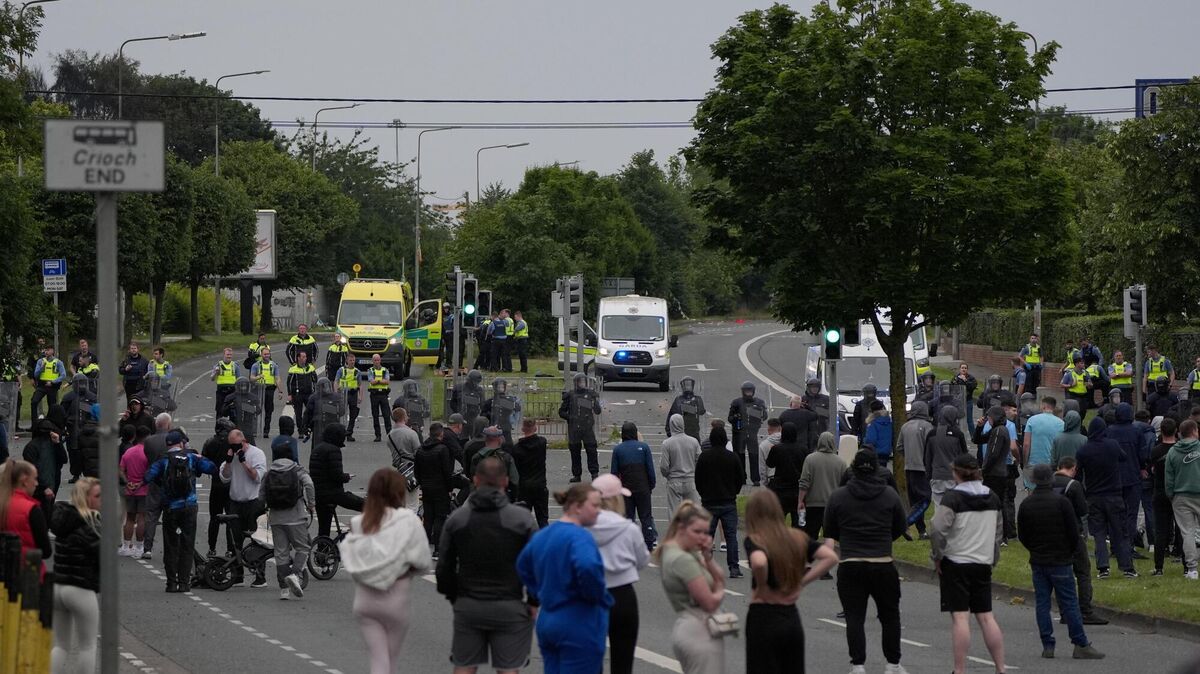
Our democracy has never been so much on tenterhooks and under threat, both here or abroad, these past few years, fuelled by unrelenting agitation and misinformation from extremist groups and political entities.
These extremist groups must be called out and if legislation is necessary to proscribe certain organisations or individuals, then so be it.
If anti-gang legislation needs to be amended in order to prosecute those who agitate for violence, then so be it.
We need a more robust and firm approach to the violence and damage being inflicted on our frontline agencies, like An Garda Síochána or those working to improve conditions for those less fortunate than ourselves.
It’s time the State and its agencies took the proverbial bull by the horns. Otherwise, we will see a generation of ideologues hell-bent on the destruction of our democratic institutions, who have little regard for civil or human rights.
Is it imaginable that Dublin 4 could experience in the future the same internal level of social unrest as Dublin 5 has witnessed in recent days?
The proximity of their postal districts' numbers bears no relationship to the makeup of their radically-different communities — in fact their socio-economic structures could not be further apart. This belies the often-heard assertion that we are a classless society and that socio-economic inequality is being radically lessened.
The higher socio-economic classes of areas like Dublin 4 live in a world whose affluent lifestyles are guaranteed by their access to superior housing, education, and healthcare.
The Dublin 5 community lives in a different social economy where every downturn of the economy has a detrimental effect on their standard of living and who rarely regain their loss when there is a boom in the economy.
In effect, the rich get richer while the poor get poorer.
If this increasingly disparate social inequality is not urgently confronted by Dublin City Council and the Government, then explosive social unrest may become endemic.
The Catholic Church demeaned itself and ignored Eamonn Casey’s serious wrongdoing, in allowing him to be interred at Galway Cathedral. Casey must be removed from that crypt, which should then be disinfected.
Last weekend I was shocked to learn that Bishop Eamonn Casey had been formally removed from public ministry in 2007 and that the reason for this is that the Vatican had received complaints of child sexual abuse against him.
I attended the bishop’s funeral in Galway Cathedral in 2017 along with around 1,600 other people. Had I known then what I know now I most certainly would not have attended his funeral and I believe many others in attendance that day wouldn’t have either.
While it is true that Bishop Casey was never convicted of any crime in relation to sexual abuse, the fact that the Vatican had imposed this sanction on him is very significant.
In the RTÉ documentary , it was revealed that the Vatican declined to say if Bishop Casey had been found guilty of any wrongdoing by the Vatican. Why the secrecy? Furthermore, why was his sanction not made public at the time? In the interest of openness and transparency, would it not have been better to make these facts known?
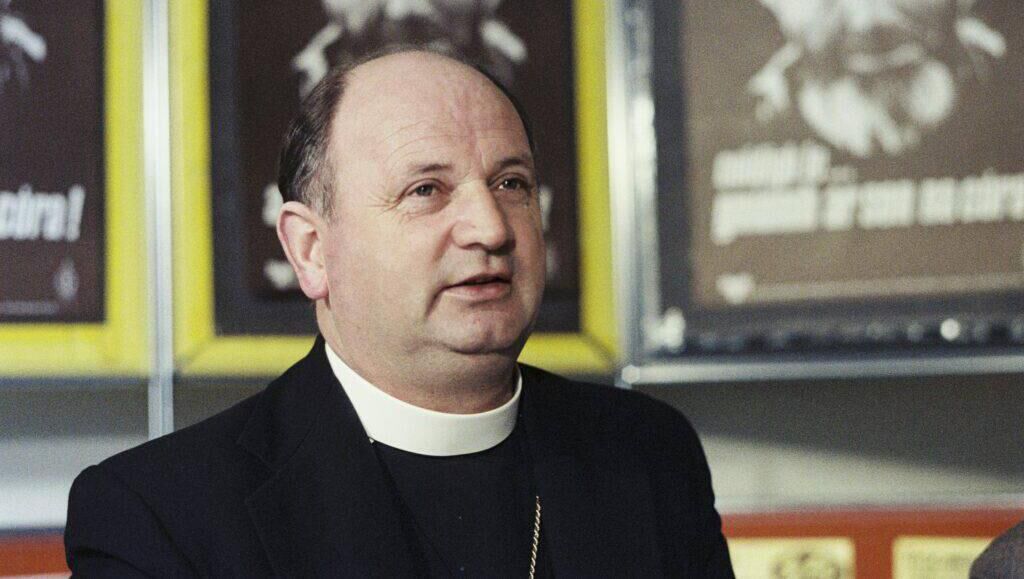
In the RTÉ programme, Bishop Casey’s niece accuses him of raping her when she was five years old. I have no reason to not believe her. In light of these allegations as well as other allegations, plus the fact that the Vatican — in essence his superiors — had formally removed him from public ministry, I do not think it is appropriate that the remains of Bishop Casey should remain in the crypt under Galway Cathedral.
We cannot change the fact that it was wrong, in my opinion, that Bishop Casey should have been given such a public funeral with 11 bishops and 61 priests in attendance, but we can certainly change the future in relation to where this disgraced man’s remains should rest.
It was wonderful to hear on that more than 160 little tern chicks have been recorded and protected on a Co Louth beach as part of a conservation project.
For a number of years now I have watched only one pair of ringed plover (aegialitis hiatícula) hatch on an East Cork beach. People need our beaches for relaxation and sport, but it may be sensible to keep animals on leads when these birds are nesting and in the early days of hatching.
Children could keep an eye out for their almost undetectable simple nests among shells and pebbles.
This year I photographed their nest of four eggs on June 23.
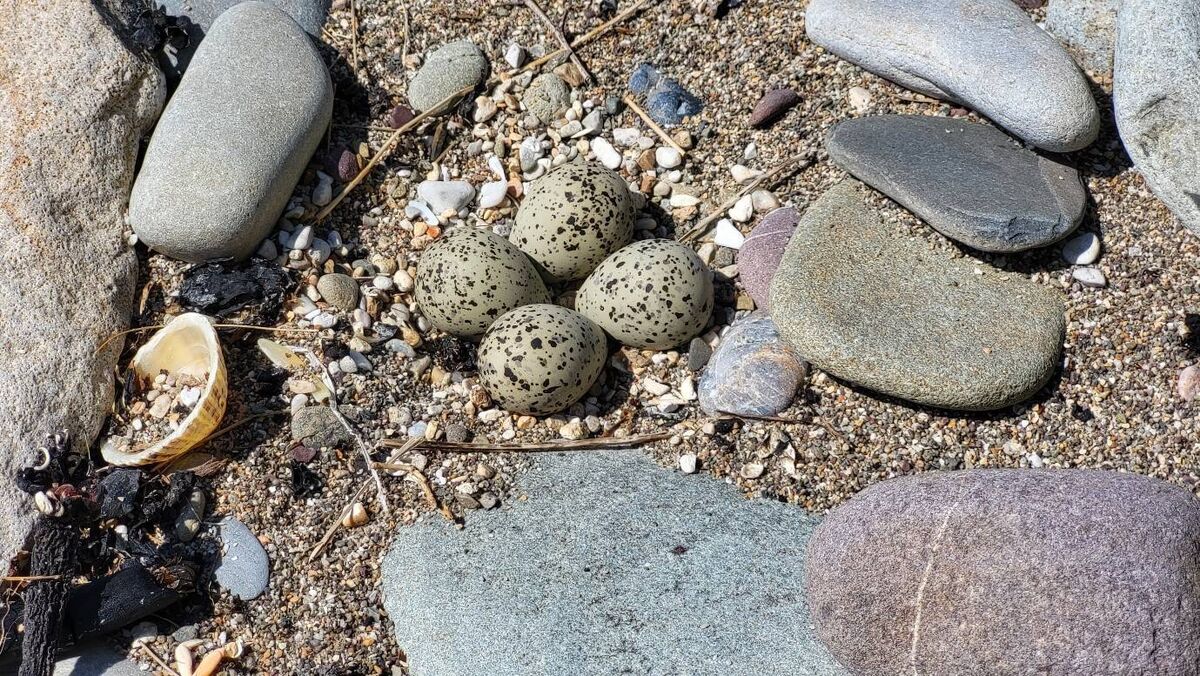
According to the Rev CA Johns: “The young are able to run as soon as they break the shell.”
As the reverend gentleman is surely telling the truth, we can all take more care that they do not have to run too fast too soon.



